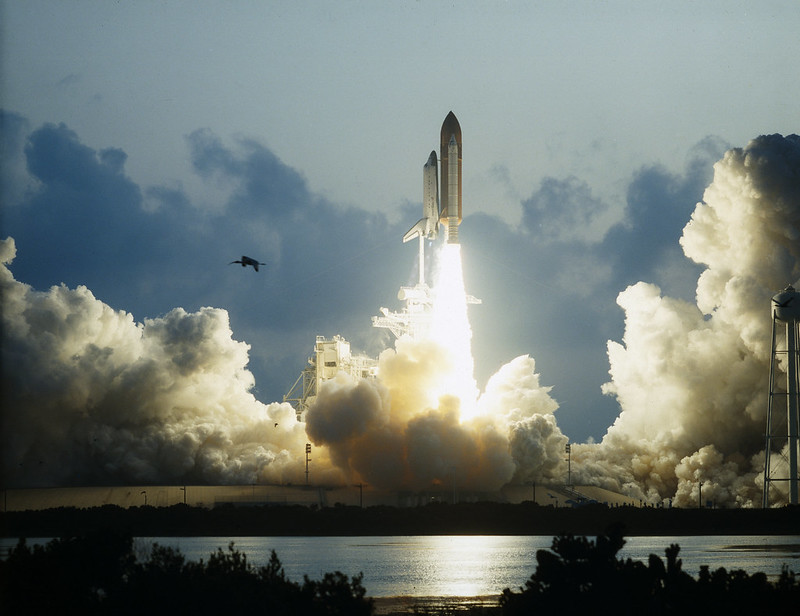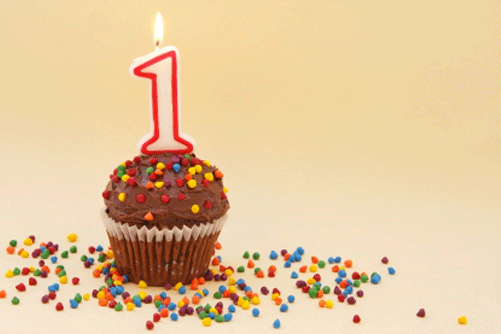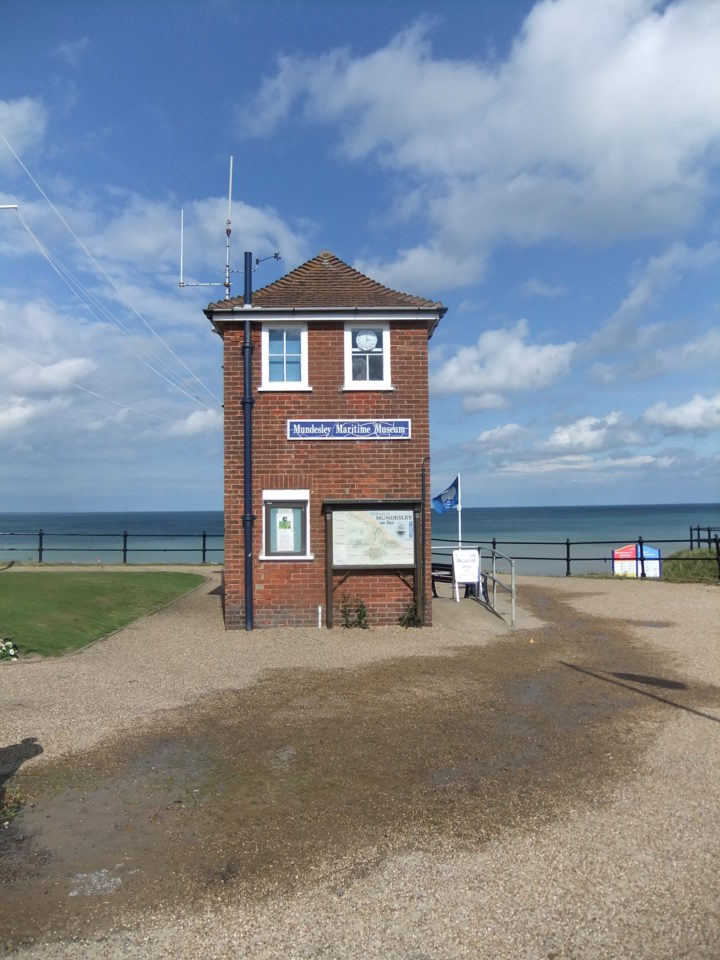The Mapping Museums project has just reached its first birthday. One year in, and Dr Jamie Larkin, the researcher, has almost completed the data collection. We now have an extremely long list of museums that are or were open in the UK at some point in the last sixty years. My co-investigator Professor Alex Poulovassilis and the Computer Science researcher Nick Larson have made good inroads on designing a database that will allow us search and visualise that information in complex ways. For me, it has been a pleasure to collaborate with other academics rather than to work as a solitary scholar as is usually the case for those working within the arts and humanities, and the process of conducting the research has been both fascinating and demanding. In this post I’m going to outline the three issues that have most preoccupied me over the last twelve months. They concern the definition of museums, their classification, and the structure of the database.
Challenge No. 1: Defining a museum
One of the central aims of the Mapping Museums project is to analyse the emergence of independent museums in the UK from 1960 until 2020. In order to accomplish this task, we have had to compile the list mentioned above, and to do that we have had to decide what counts as a museum. This has not been straightforward. While the Museum Association and the International Council for Museums both publish definitions of museums, there have been seven different definitions in use during the time period covered by our study. If we were going to use a definition, we would have to decide which one.
More importantly, the use of definitions of museums only became common in the early 1990s and was closely connected to the accreditation process. In consequence, professional definitions of museums are usually aspirational and prescriptive, and they set standards that cannot be matched by many small amateur and community museums. The Mapping Museum project has a strong focus on such grass roots museums, and if we used established definitions, then we would exclude the less professionalised venues from the outset. We needed to find a different way of deciding which venues would be included in our dataset, and thus my first challenge was: how could we identify a museum as such?
Challenge No. 2 Classification
One of our research questions concerns the possible correlations between the date on which a museum opens, its location, and its subject matter. I want to know whether there are historical trends in subject matter: whether museums of rural life tended to open in the 1970s, military museums in the 1980s, and food museums in the twenty-first century. Similarly, I want to consider the relationship between subject matter and place: it’s likely that fishing museums will be located on the coast, but are there other, less obvious, regional differences? Do local history museums cluster in parts of the UK that have been subject to gentrification, or the opposite – are they predominately found in areas of low economic growth? Do transport museums prevail in the West Midlands and personality museums in the East of Scotland? Or are there no noticeable trends?
In order to answer these questions, we need to categorise each museum according to its subject matter. The last time this happened was in the DOMUS survey that ran between 1994 and 1998. They used a relatively traditional classification system that was suitable for documenting conventional public-sector museums, but was much less useful with respect to small independent venues. Many museums, such as those of Witchcraft, Bakelite, Fairground Organs or Romany life, take non-academic subjects as their focus and they do not neatly fit into academic categories. DOMUS did have the category of ‘social history’, but if we used that for all small non-academic museums, it would be so extensive as to be meaningless, and besides, social history is a methodology rather than subject matter. My second challenge, then, has been to write a classification system that could encompass the diverse subject matter of small independent museums alongside that of the more traditional institutions.
Challenge No. 3: Designing a database
While it was undoubtedly a challenge to find criteria for identifying museums and to devise a new system for classifying them, both these tasks related to my areas of expertise, namely museums. The third major challenge was a long way outside of my comfort zone and concerned the database design. This task was utterly anxiety inducing because it is something I’d never done before and, admittedly, never even thought about, and yet, despite my inexperience, I recognised that it is an extremely important part of the project. Although Dr Larkin has been collecting data on museums, and I have been working on definitions and classifications, that labour will be of little use unless we can search and model it in such a way that it produces information. The design of the database has a direct impact on the possibility of my answering the research questions and on the production of knowledge more generally. It has therefore been imperative that I learn to think about and help develop its structure.
How I responded to these three challenges, and worked with other members of the research team to resolve them will be an ongoing theme in this blog and the subject of scholarly publications. Do keep a look out for more posts.
©Fiona Candlin October 2017






